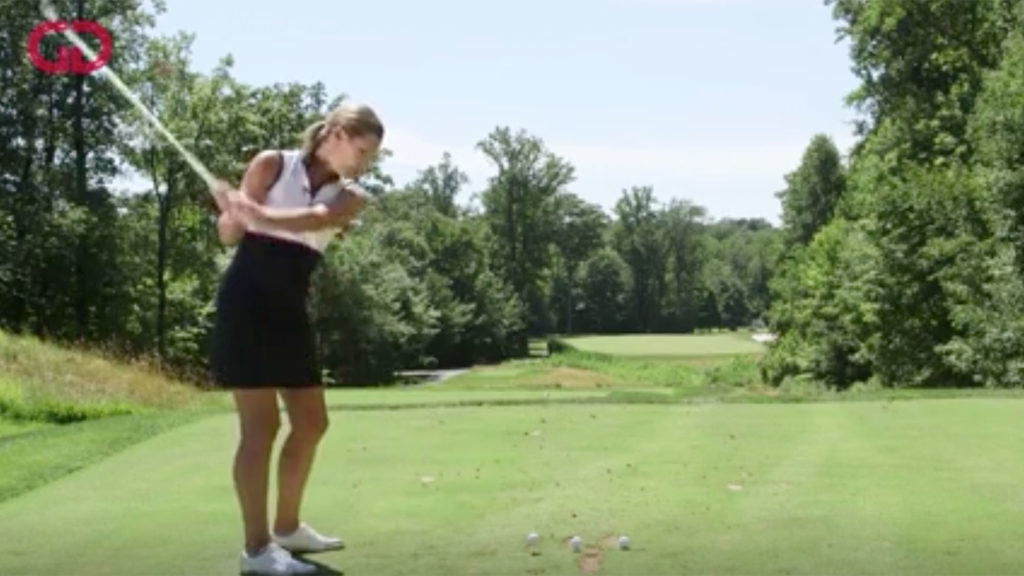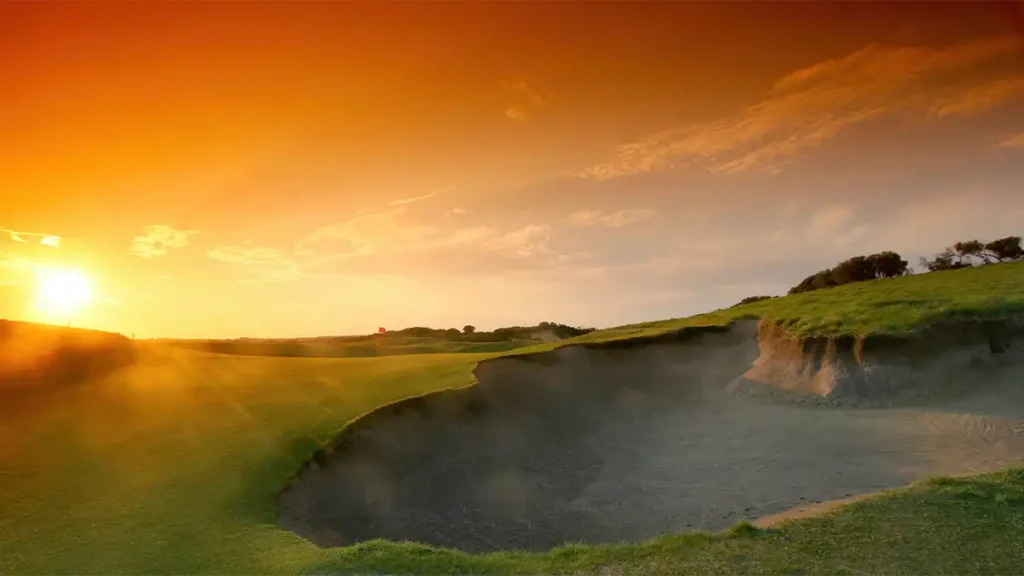Learn the golf swing even when you’re not swinging
Photographs by Mackenzie Stroh
Golf can be intimidating when you first start to play or return to the game after a long layoff. It can feel like you need a lot of practice to be somewhat decent. Truth is, it doesn’t have to take that much work. I’m going to help you speed up the learning process so you can hit good shots and have fun on the course right away. How? I’m going to break down the golf swing into movements you already know and show you how to incorporate them when you play. It’s like tapping into hours and hours of practice you’ve already banked – it’s your cheat code. Ready for the speed version of learning the golf swing? Let’s go!

Think outside the box to get set at the top
This might sound a bit cheesy (da dum dum), but the way you carry pizza boxes can help you get in a great position at the top of your swing. Notice how I’m holding them [feature image]. To balance them, my right arm and wrist are bent nearly 90 degrees. These positions mimic the orientation of that arm (for righties) at the top of the swing. Practise it with this drill: grip a club in your right hand. Now get into that pizza-box position with that arm, and rotate your upper body as if you’re making a backswing. When you complete your turn, put your other hand on the club like I am here [above]. Now you’re set at the top.

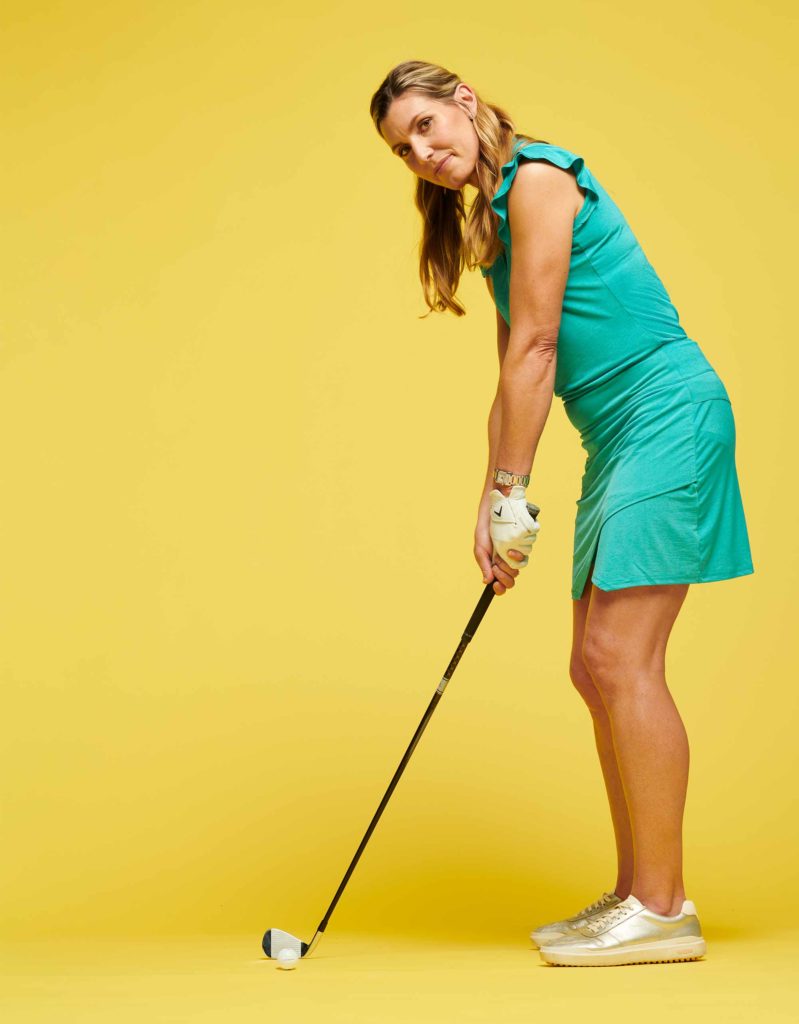
Dust off your camera for better aim
If you can find one of these ancient artefacts in the attic, you can use it – or at least the concept of using it – to improve your accuracy on the golf course. How you aim a camera is how you should aim your clubface. You set up so that your subject/target is in the camera’s frame; then you take your stance [right]. Thinking about taking a picture will help you avoid one of the biggest mistakes I see amateurs make – setting the clubface after positioning the body. When it comes to aligning your clubface and then your body for better accuracy, think point and shoot.


Use your table- tennis chops to square the club
In Ping-Pong, the palm of your hand reflects how open or closed the face of the paddle is when you smash the ball. That’s a good thought to have when you take your grip in golf. When placed on the club properly, the palm of your trail hand will match the orientation of your clubface throughout the swing [right]. Remembering that can help you square the clubface at impact to hit straighter shots or even curve the ball when necessary. You’ll have better control of what the face is doing, which is key to good ball-striking. Another way to get your trail hand in the correct position on the club to match the clubface is, imagine you’re shaking hands with the handle when you place your hand on the club. Now you’re ready to hit better shots.
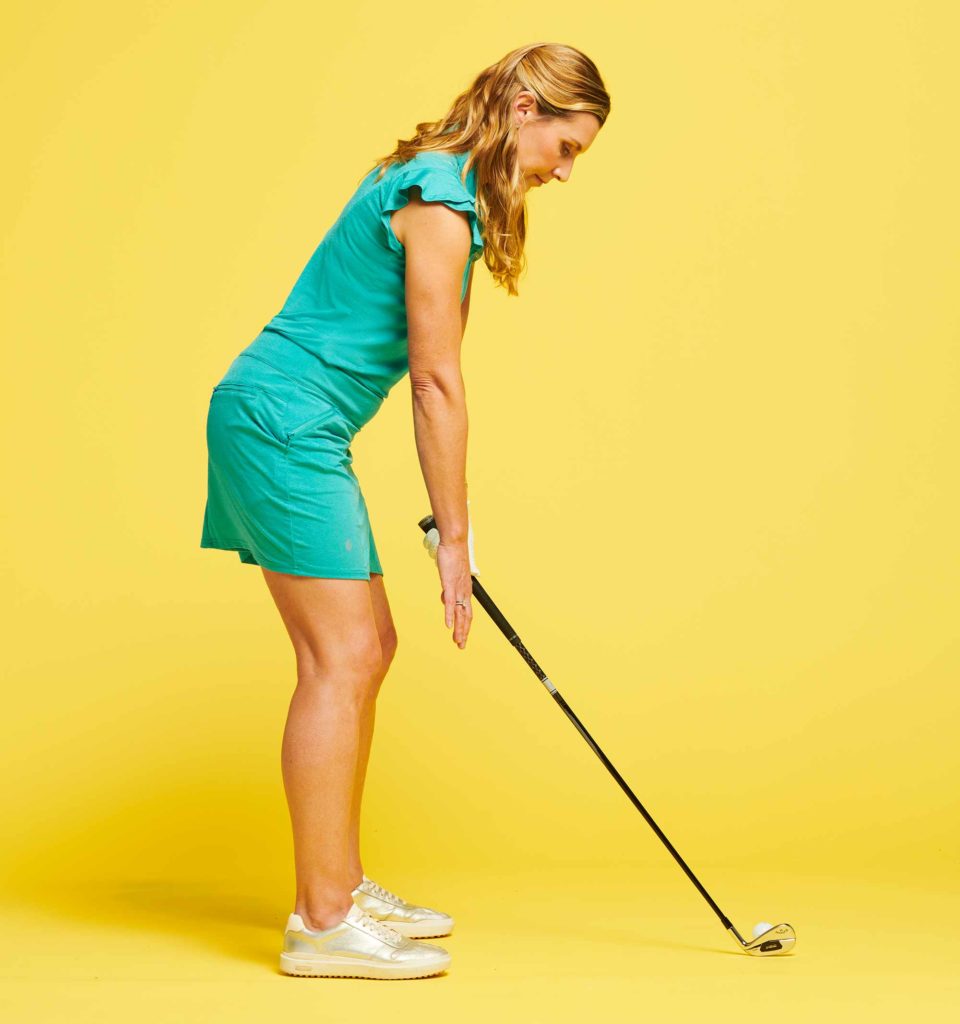

Grab a case of H₂0 to groove better address posture
Hauling a heavy package of spring water out of the back of the car is something I normally recommend making your teenager do, but it’s actually a useful chore to improve your golf posture. The position you should get in to lift a case of water [right] is very close to how your body should look at address, particularly the angle of your spine. Now that you see the similarity, use it on the course. Get into a tall, athletic position and hold a club in your left hand (for righties). Push your hips back and bow to the ball. Stop once the fingertips of your right hand lower to your knees [left]. Now place that hand on the club. This process helps take the guesswork out of how far you should stand away from the ball based on the length of the club.


Get off to a better start with this ‘key’ thought
I bet you never realised you had a better backswing in your pocket. Swinging keys on a lanyard [above] or long key chain is a great visual and feel for your takeaway. Why? To create the momentum needed to wrap the keys around your hand, you would swing the keys away from you before wristing them upward. Similarly, you don’t want to bring your clubhead up at the start of your backswing. You move it down the target line before raising it up with a setting of your wrists. Remembering the lanyard move when you take the club back will help get you off to a good start, which leads to better consistency in your swing. Keep your club’s shaft in line with your lead arm as you start the swing [right]. This also will help you establish a natural tempo in your backswing and create a more fluid movement to the top.
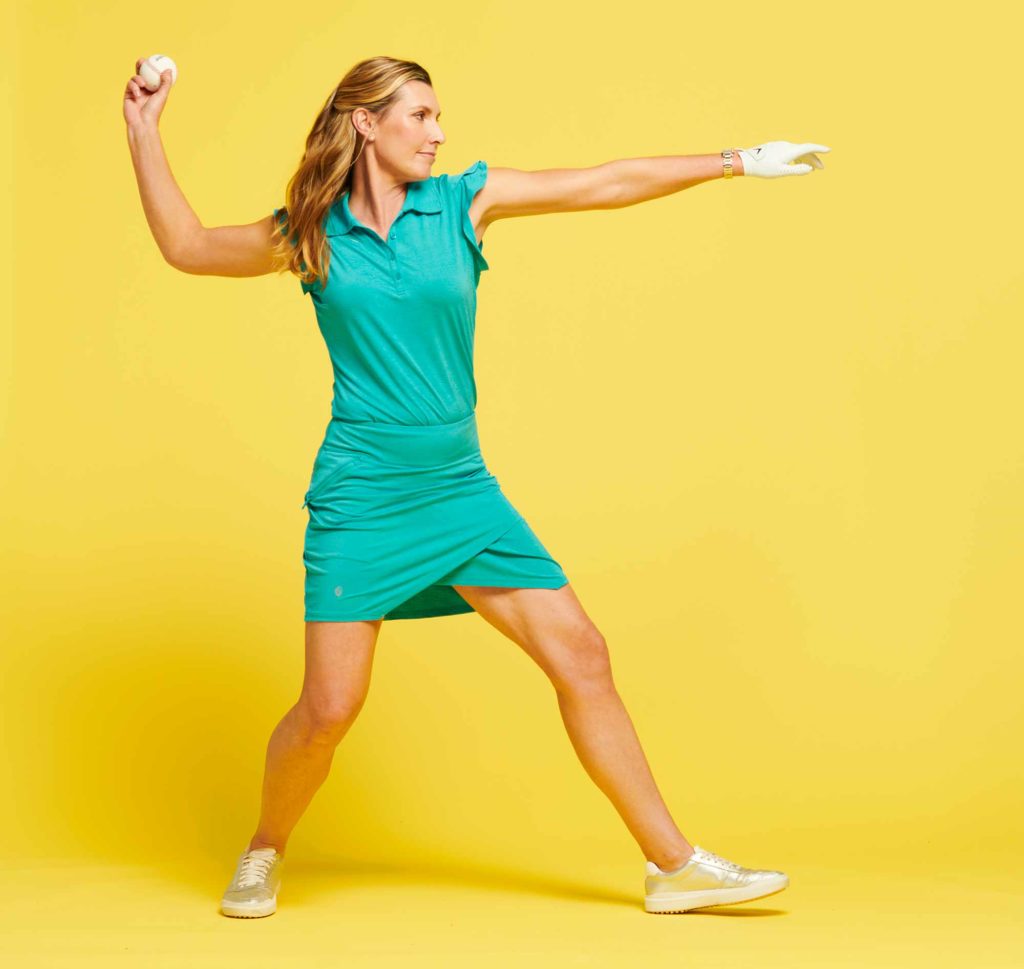
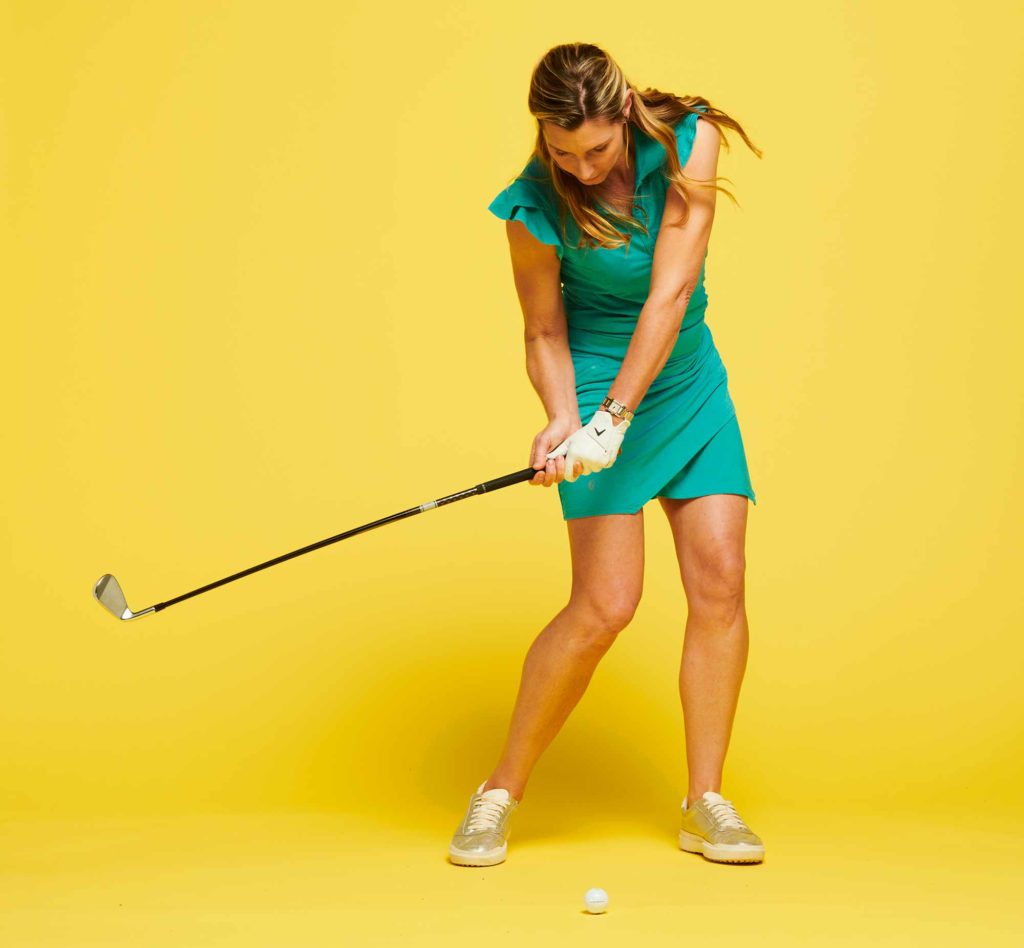
Fire a fastball to produce a better downswing
Baseball pitchers follow a three-part sequence when they throw: shift, rotate and release. Conceding you might have never stepped on a mound, you still probably know what it feels like to throw a ball [above], and that motion is great for practising a dynamic downswing. Grab a club and make some swings at half-speed mimicking a pitcher’s motion – shift towards your target and then rotate your body. Your lower-body shift comes first in the downswing, and it should feel like your arms and club are lagging behind your body motion. Gradually increase swing speed as you get comfortable with this sequence. Let your body lead the arms [right], and you should see big improvements in your contact and consistency.

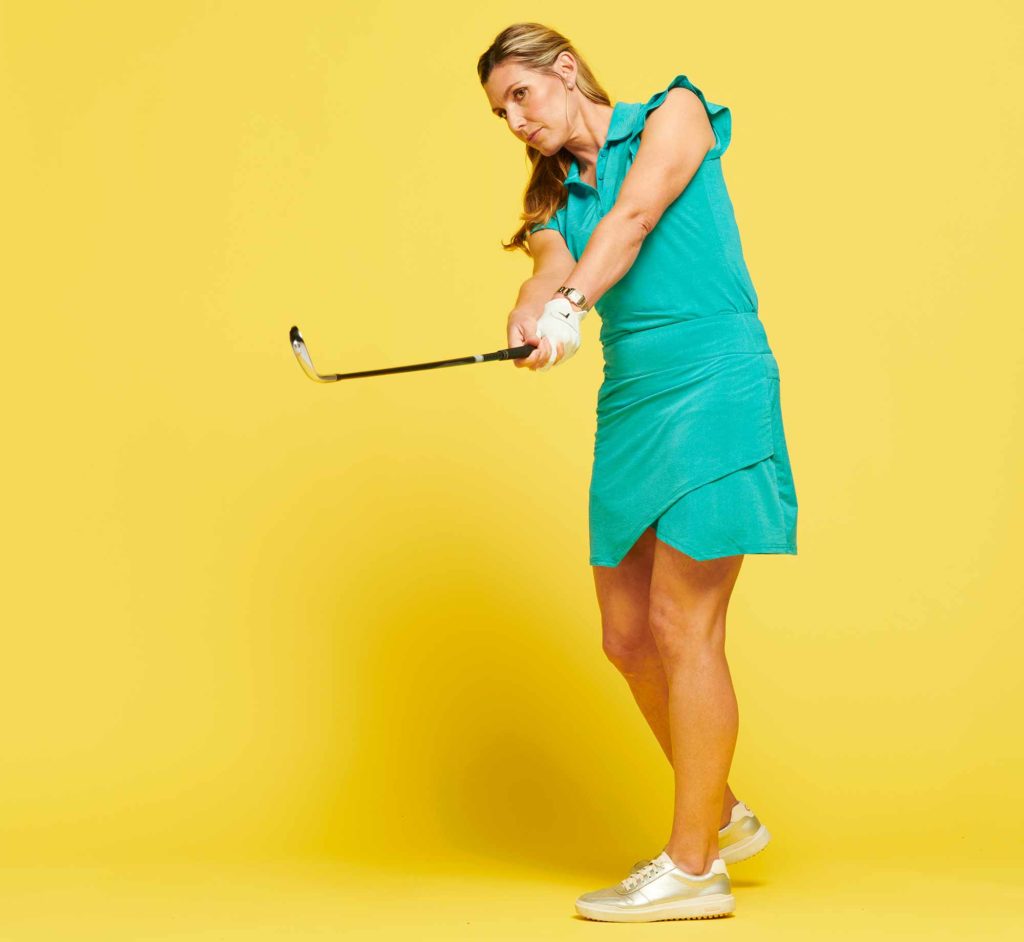
Play fetch to finish your swing correctly
Your dog will love this: throwing a stick is a great tool for practising the proper follow-through. When releasing a stick [below], your dominant hand’s wrist is in the same position it needs to be in at this point after impact [right]. That confirms you swung through with good extension in your arms, maintaining the full radius of your swing – that’s key for power. Another drill for a proper follow-through is to rehearse a good impact position (remember that the club lags behind the body) with your iron resting in back of a ball. Then push the ball with your club towards your target, keeping your wrists stiff. Do it right, and you will end up in a similar fully extended follow-through position. You just learned the golf swing without countless hours on the range!
Golf Digest Teaching Professional Erika Larkin, one of the 50 Best Teachers in America, is located at The Club at Creighton Farms in Aldie, Virginia.

